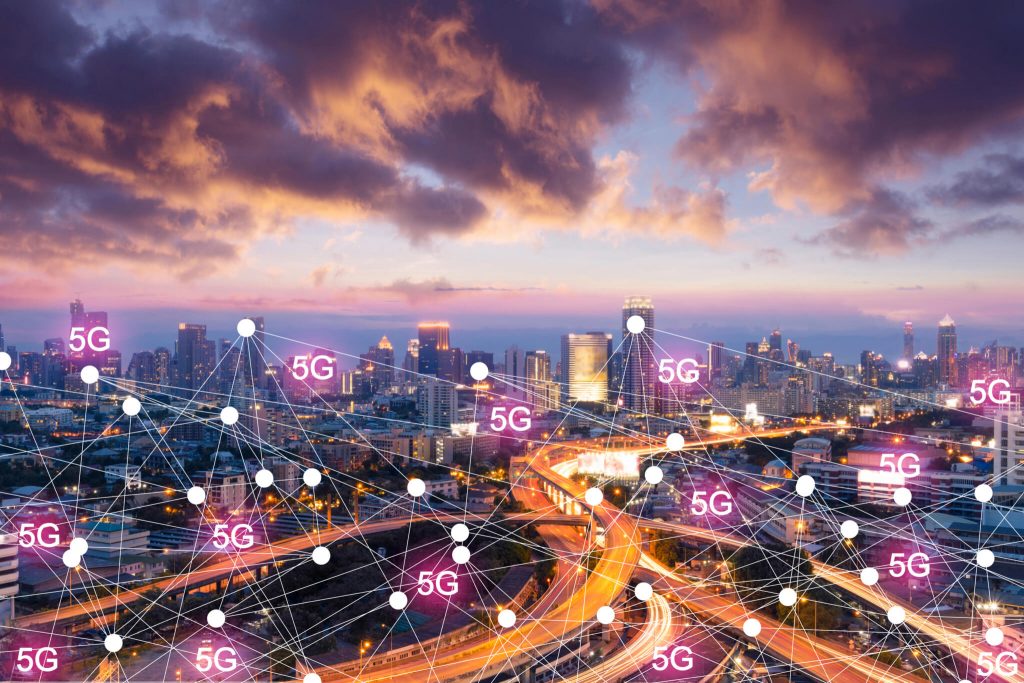Choices for IoT networking have been expanding over the last two decades, with a range of options designed to most securely and cost-efficiently connect local and more geographically distributed implementations, or a mix of local and geographically distributed systems that combine edge computing with cloud computing to generate the desired business outcomes.
Before we get into the “generations” of wireless networking (from 2G to 5G) here’s an alphabetical list of select network types, including open and proprietary protocols. This is great news for developers and systems integrators, who have a wide variety of choices; at the same time, making those decisions can be complicated (but worth studying to ensure performance, economics and scale).
- 6LoWPAN
- ANT & ANT+
- BLE
- Bluetooth
- Dash7
- DigiMesh
- EnOcean
- Ingenu
- LoRaWAN
- LTE Cat 0, 1, & 3
- LTE-M1
- MiWi
- NB-IoT
- NFC
- RFID
- SigFox
- Thread
- Weightless-N
- Weightless-P
- Weightless-W
- WiFi-ah (HaLow)
- WirelessHART
- ZigBee
- Z-Wave
GSM wireless networks have been evolving in parallel, getting faster and growing more secure with billions of dollars being invested each year to constantly improve the experience and support innovation in connected products, whether machine-to-machine, human-to-machine, machine-to-human, and endless combinations as applications come on line.
- 1G was introduced in 1982 and made possible the world of text messaging.
- 2G arrived ten years later and is the “old-school” TDMA (usually) cellular protocol, initially used for ATMs and alarm systems, and has been phased out or will be phased out soon. It is too slow to support real time IoT applications.
- 3G arrived just in time for another new decade and century and was the first “high speed” cellular network technology that met IMT-2000 standards.
- 4G burst on the scene in 2012, as the generation of cellular standards that followed 3G and is what most people use today for mobile cellular data. 3G and 4G does support IoT devices. Given the need for a constant power source, alternatives, such as the networking solutions listed above, have emerged.
- 5G, which is being rolled out in this new decade, has been designed for high throughput, and while the service providers investing in 5G are touting it as ideal for IoT may face the same issues as 3G and 4G.
As the IoT ecosystem evolves with constantly increasing numbers of endpoints and users, there is an expanding range of requirements that need to be met. According to the marketing campaigns of service providers, 5G networking is poised to massively improve or expand IoT security, greatly increase speed, boost cellular operation with increased bandwidth, while addressing the gaps in 2G-3G-4G networking.
Will 5G (and 6G after that) spur innovation and investment in IoT and Industrial IoT markets? It will – but as with all other network protocol choices, this depends on the applications and related economics.
On one side of the spectrum, for “mobile” IoT applications, Vehicle-to-infrastructure (V2I) and Vehicle-vehicle (V2V) applications which include high-speed motion and increasingly sophisticated process control systems (supporting driverless or augmented vehicles) stand to benefit greatly from dense 5G networks in largely populated areas (smart cities, smart campuses, smart airports and other places where a critical mass of vehicles can leverage automation to ease congestion, avoid accidents and otherwise improve the experience of mobility).
5G’s model is IP-based architecture and designed for mobile as well as wireless networks; with unprecedented, ultra-high speeds ranging from 1 to 10 Gbps, the pure unit area bandwidth will increase by 1000 times, able to connect a greater number of devices, with a lower demand for energy (some say 90% will be required which has substantial impact on battery life for devices not plugged into a fixed power source).
5G operates at frequencies up to 80 GHz, which shrinks the size required for antennas.
5G networks also provide latency less than 1 millisecond which is required for critical applications included the self-driving vehicles mentioned before.
Where the discussion about 5G and the IoT and IIoT gets most interesting is when the connectivity is engineered to support not just basic connected systems, but those which leverage big data, analytics, cloud, edge computing, software defined networking and programmable networking.
There has never been a more exciting and endlessly creative ecosystem than there is in the world of connected things.
When we see innovation not only in the end-points (sensors, silicon, firmware) but in the orchestration of connectivity between those end-points and systems that pull data from the “first receivers” for analytics, insights and closed-loop control systems – we are taking the IoT and IIoT to the “next level.”
Investors in 5G networks are counting on IoT applications for ROI, and investors in and developers of the actual IoT and IIoT applications will now have new options for the networking of connected systems. 5G will super-charge innovation but will not replace other options including those which make edge computing more affordable and efficient (like LoRa and others in the list above). The good news for entrepreneurs is choice and the ability to choose the right network technology – or technologies – that will make their products and services successful.


